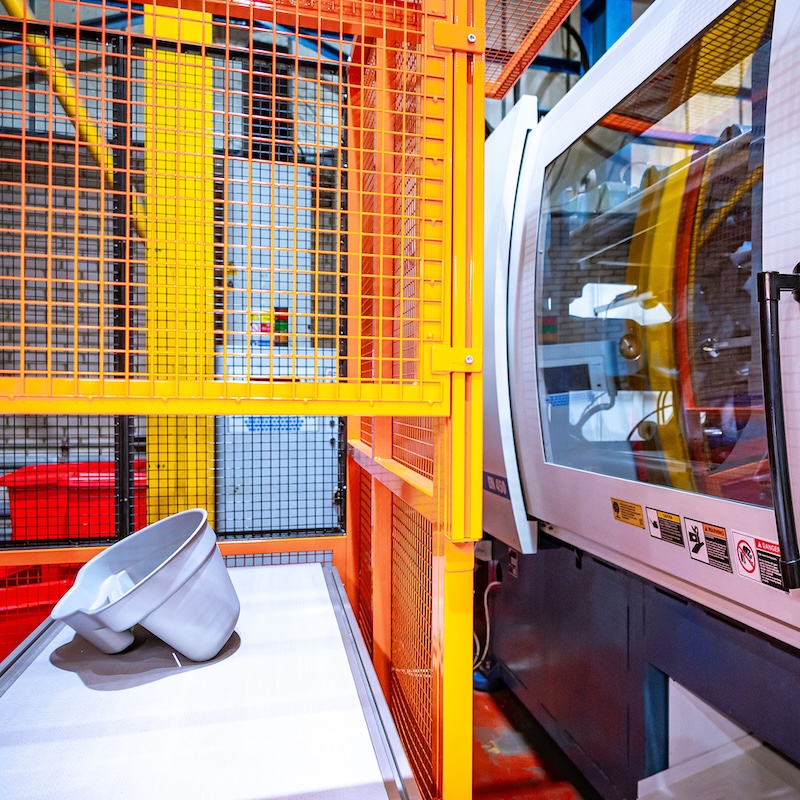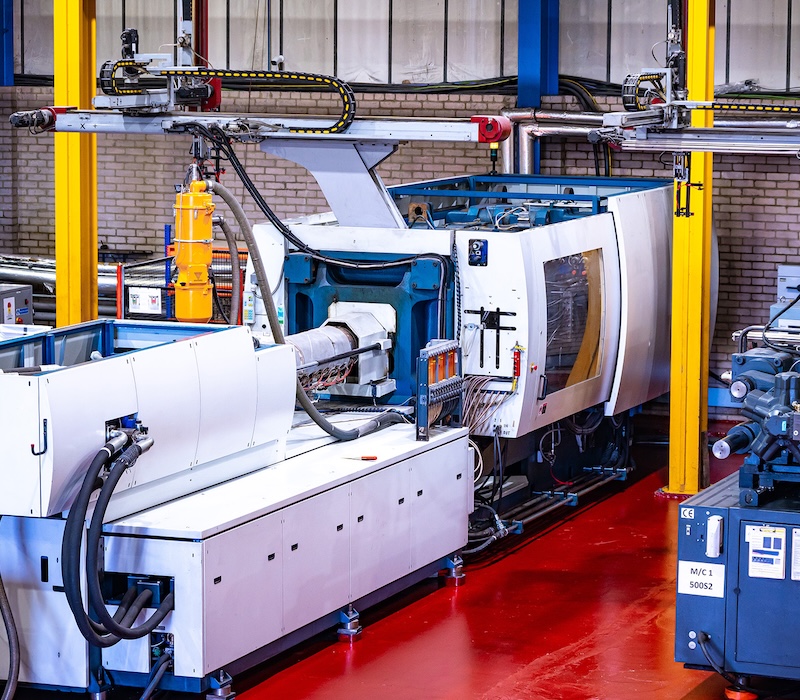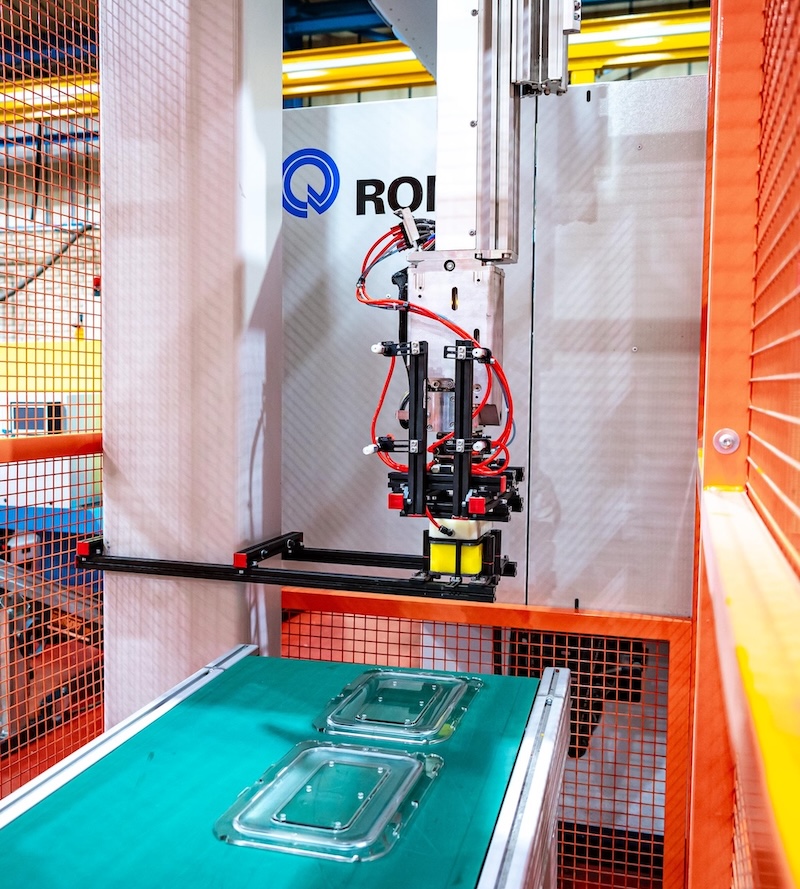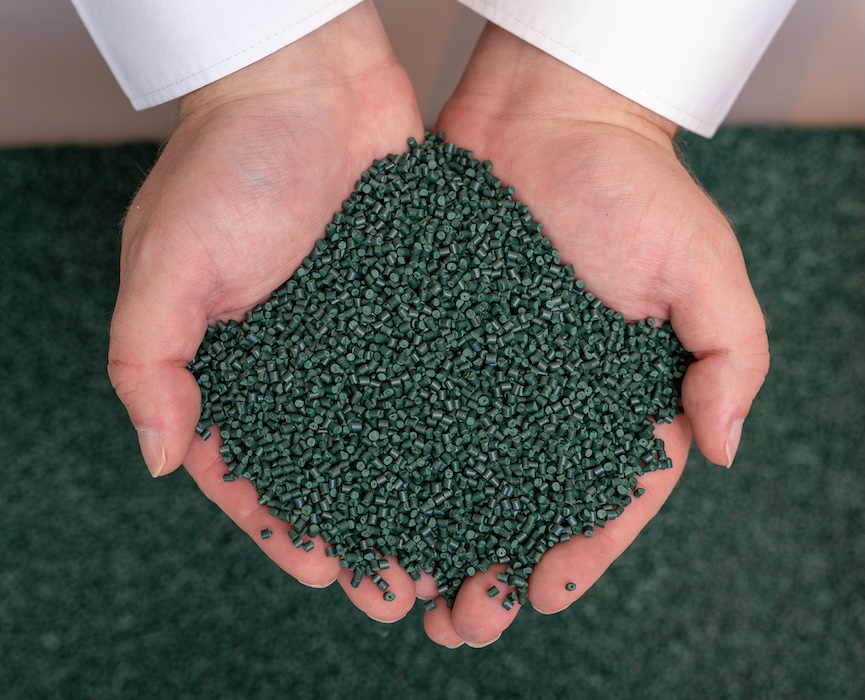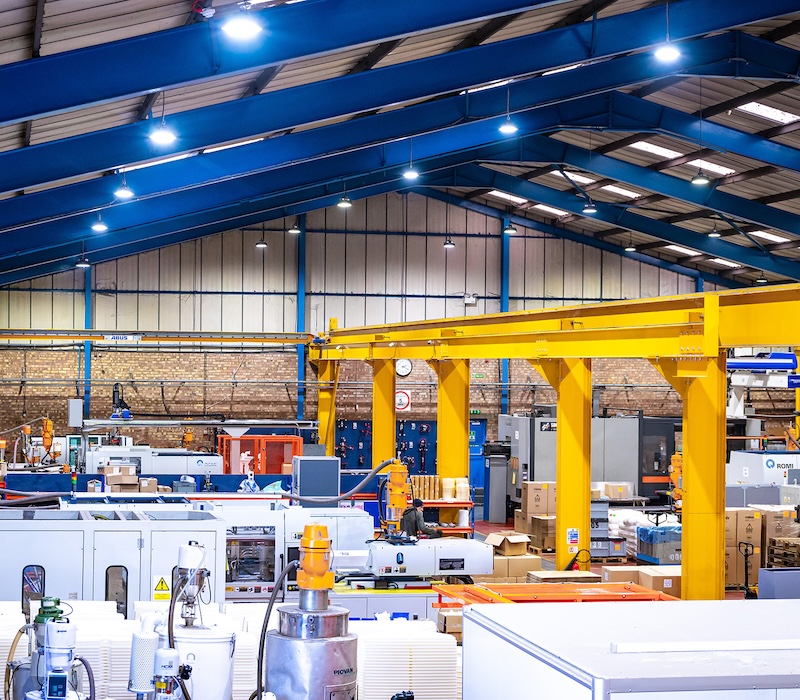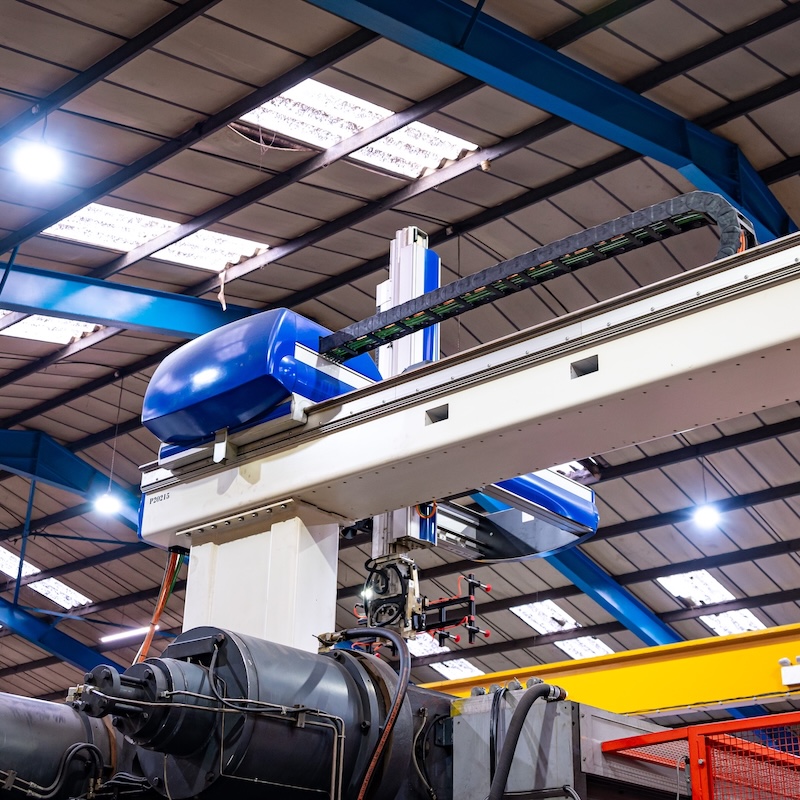Why choose us?
Expertise
Our team of experienced engineers and technicians are well-versed in the latest moulding technologies and best practices.
State-of-the-art facilities
Our manufacturing facilities are equipped with cutting-edge machinery to ensure precision and efficiency throughout the production process.
Quality Assurance
We implement rigorous quality control measures at every stage of production to ensure the highest standards are maintained
Timely Delivery
We understand the importance of meeting deadlines and strive to deliver products on time, every time.
